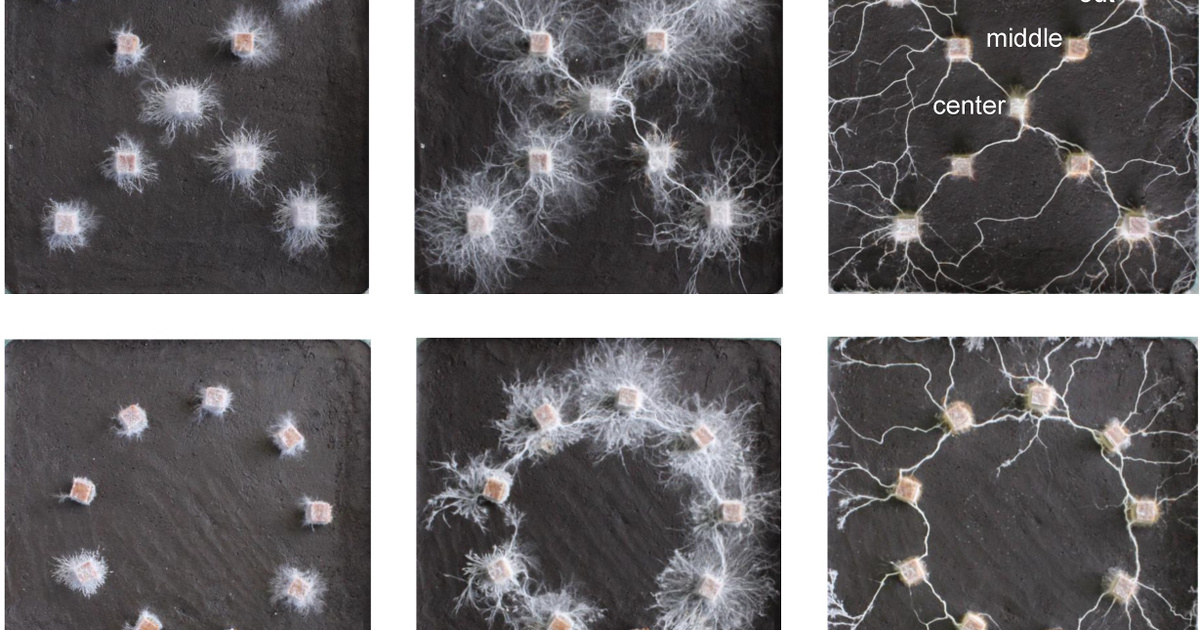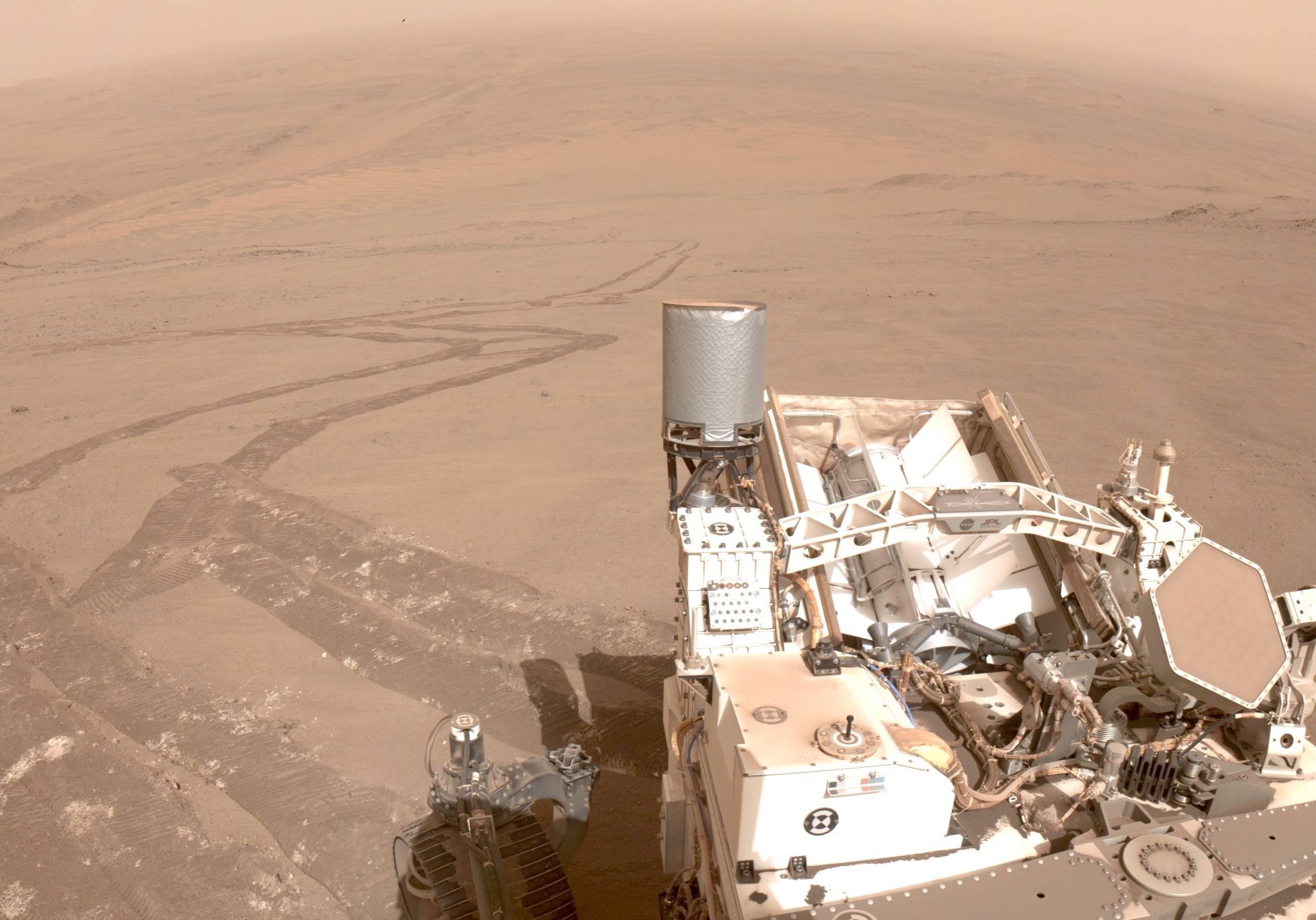“In addition to manual skills, which may seem unusual, the craft of ceramic making relies on knowledge of the natural sciences, especially chemistry, physics and mathematics. In all branches of art, including ceramic art, abstract thinking is behind the art and expression appears in the same way as in other fields of art.” Scientific, Imre Schrammel is an artist who recorded his plans, experiments and their realization in his diaries, as well as his studies, experiments and questions in various fields of night sciences. We will try to explain each topic raised by Imre Schrammel, not only through his works, from an artistic point of view, but also to think further from it. By presenting the field of scientific research to our guests, mathematicians and biologists, in a way that is easy for the average person to understand,” we read in the recommendation.
Photo: © Gabor Shih
Mathematician Andras Stepsic, member of the Hungarian Academy of Sciences, Research Professor and Director of the Rene Alfred Mathematics Research Institute, gave a lecture entitled: “Space in Mathematics and Works of Art”: “The task of science is to understand the world around it” We – different disciplines do this using different tools, Most of the time, experiments try to identify regularities, but the mathematics follows a slightly different path to the naked eye.
Of course, art also tries to help us understand our place and role in this world, and fine arts deal with spaces. Obviously, during this, a lot of engineering notes are useful, visible, and emphasized. Can a topologist say something interesting about a work of art? Can they talk to each other about the common topic? “I'm not sure, but it might be worth a try.”
After the show, Zuzanna Czinke, president of the group, spoke about Schrammel's experiences with Imre Lott's works in the permanent exhibition.












































